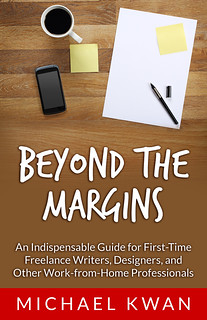A number of video games teach us about resource management. If you want to craft a certain item, you must first collect 10 wood, 15 steel, and 3 bottles of harmonious essence, for example. While it is a bit of an oversimplification, real life works in much the same way. You need this much money or that much social influence if you want to have certain things. And the resource that is both the scarcest and the most readily available is time. And I’m out of it. I need to find some more.
Amazon’s Alexa tells me that time is “alternatively” defined as “a period of time considered as a resource under your control and sufficient to accomplish something.” But really, it’s a resource that is neither under my control nor is it ever really sufficient.
If you’ve been reading this blog for any length of time, then you’ll know that “time” (and how to manage it or make the most of it) is a common recurring theme here. It’s the only resource that everyone can have and it’s also the one that is truly non-renewable. Once it’s gone, it’s gone, and you can never have it back.
The notion of opportunity cost is one that weighs very heavily on my mind, because there’s so much I want to do. By choosing to do one thing, and spending the time on that thing, I necessarily decide that I’m not spending my time doing something else.
Setting priorities isn’t easy. From the outside looking in, it may appear that I’m doing a lot — and maybe I am — but the truth is that I don’t find the time to do everything I want to do. Something’s got to give. At some point, we have to let the bodies hit the floor. My apologies to Matt Damon.





“The days cannot be stretched, but they can be shaped.” What a great quote! I definitely struggle with time management but am making a conscious effort to get better by prioritizing and seeing what small jobs I can check off my list when I have a few minutes to kill.
One of my guiding words for 2018 is “intent.” If I’m going to do something, I want to do it with “intent” and not just out of automatic reflex.